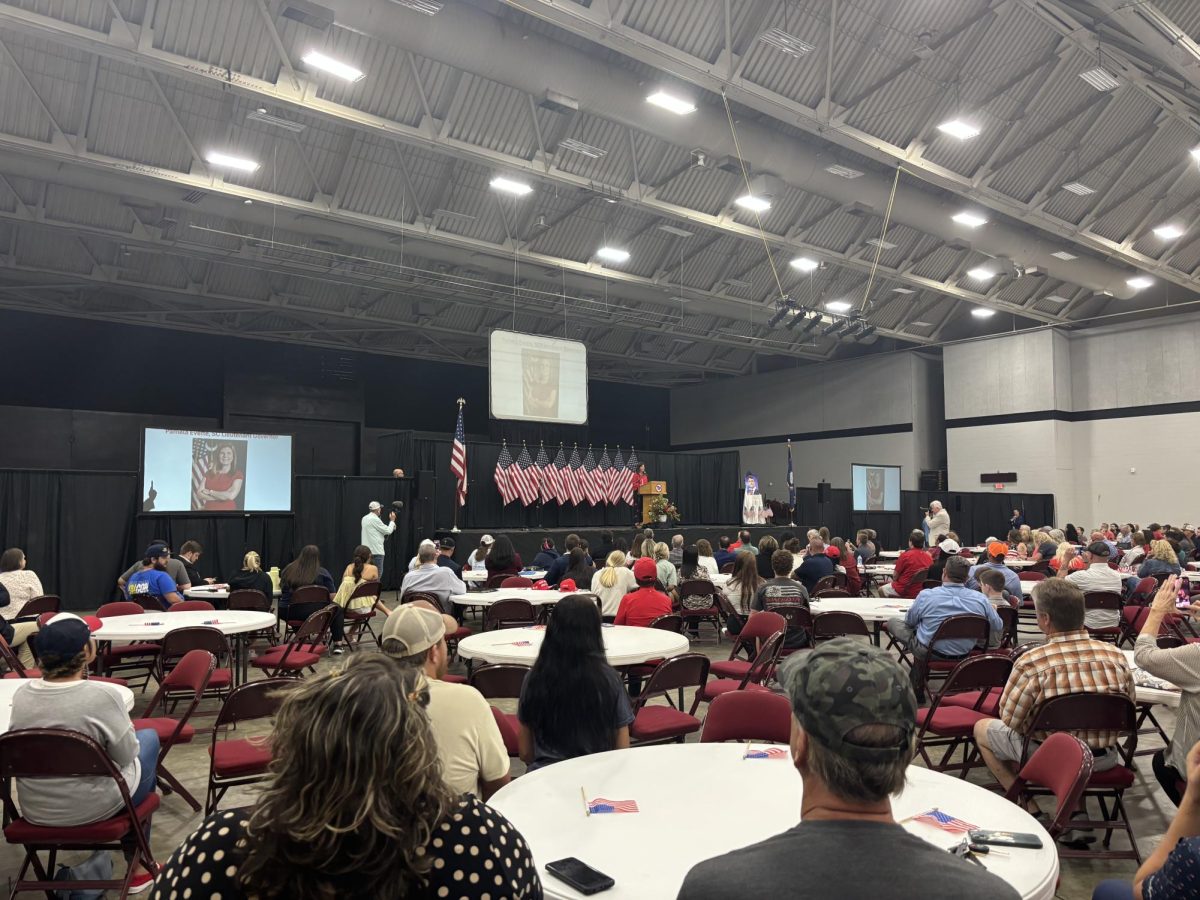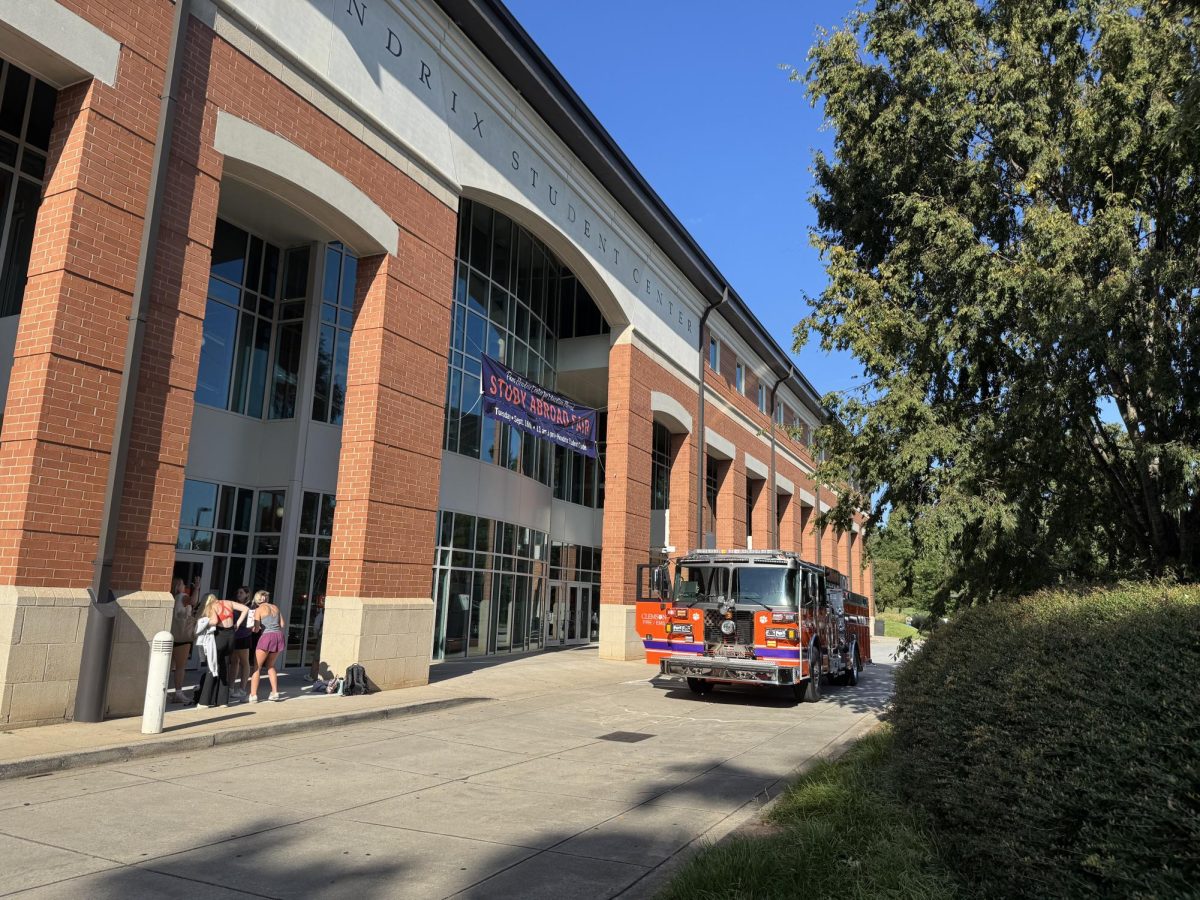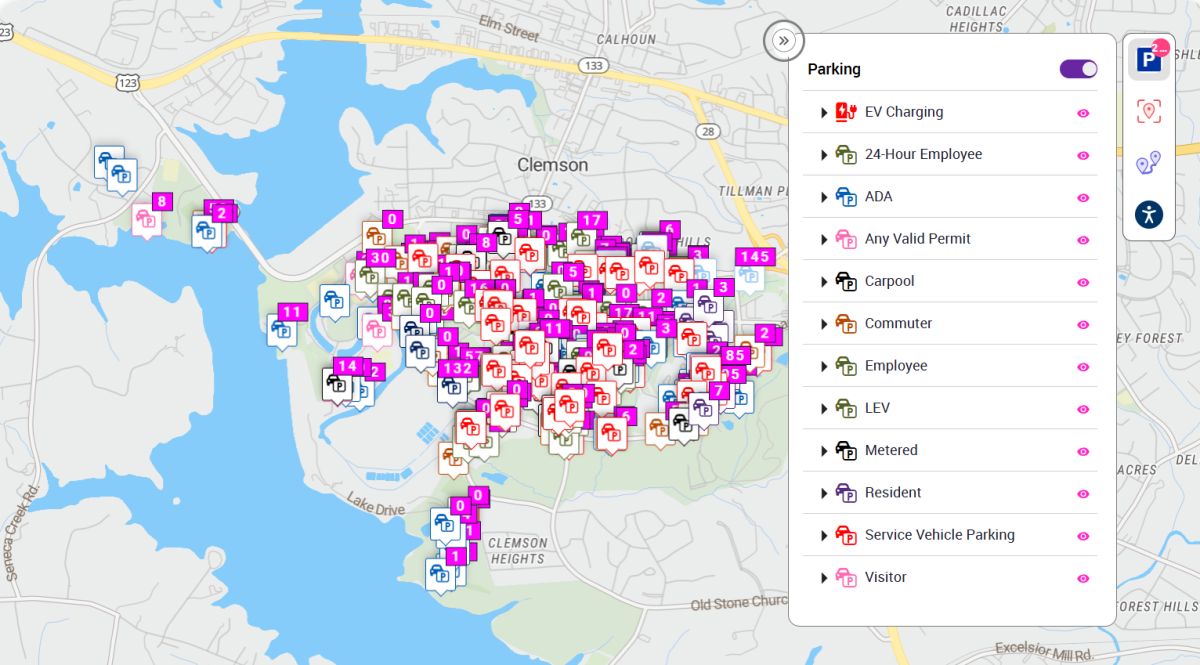The year 2020 brings about many things: jokes about rats and plagues, witty comments about clear vision and, most importantly, perspective. When applied to the right areas, clear vision can unlock the most surprising realizations, and investigating upcoming construction at Clemson University is no exception. While Clemson has added to and renovated many parts of its campus in the past 10 years, there are many more plans in store for the buildings, the landscape and the community.
In the 10 years since the world rung in 2010, Clemson University has changed its approach to construction. For nearly two decades, the university contented itself with only renovating and expanding pre-existing buildings. The campus was stuck in the 1980’s, and even now, the historic influence on the architecture around Clemson is clear to anyone visiting. However, around 2010, the university seemed to realize the rut construction around had fallen into, and plans for modernizing and re-energizing the campus were born.
Anyone who has been paying attention to Clemson for the past five years can see the large steps administration is taking to get this campus up-to-date. The construction of both the Watt Center and Core Campus was completed in 2016, adding two fresh-looking buildings on opposite sides of campus. The year 2017 heralded the implosion of Clemson House, and though it was reported at the time that some of the land would be used for parking, plans for a building to house the College of Business were instead put into effect. At this point, Douthit Hills construction was also underway, and it opened its doors to students in 2018. Whether it’s being indicated by eye-catching traffic cones and unexpected detours, or the buzz around campus and celebratory emails, change is coming to Clemson, and the new buildings from the past decade are only the beginning.
But what should we expect from Clemson over the next decade?
Based on a presentation given to the CUSG senate by Tony Wagner, the executive vice president of Finance and Operations, we can expect quite a bit.
The Edgar Brown University Union has been slowly emptied of its purposes, and its neighboring residence hall, the infamous Johnstone, has been transferred from housing to the university; Johnstone Hall will never house residents again, no matter what kind of natural (or not-so-natural) disaster befalls the area. Harcombe Dining Hall has not been used in years, and only a few departments and facilities still call the union home. Once the business school is complete, it is entirely likely Clemson will turn its gaze to the union. Wagner stated that there will be a two-year demolition plan in place once planning is completed, and the demolition with result in seven acres of green space. Facilities will be moved beneath Core Campus, but CUSG, ROTC, and student mail services will still have spaces in the union’s replacement.
As for how that replacement will appear, current plans indicate that approximately half of the union’s acreage on the southern side will be made into an open green space with a small plaza in the middle. The other, northern half will be remade into a new union, “tailed to meet current needs”. (For those wondering, a new underground rec center is a “potential” feature, but seemingly not a priority.)
Once the union has been remade, yet another detailed and ambitious construction project will likely receive the university’s attention. Just last year, the College of Architecture, Arts and Humanities (CAAAH) sent out a call to students asking for advice on how to renovate and improve Daniel Hall. Students responded, but pre-existing plans regarding Daniel Hall and Cooper Library’s parking lot call into question the necessity of those responses.
After all, in 2017, Clemson already had a detailed and fully-rendered image of how they wanted to add on to Daniel Hall and create a so-called Library Annex. Instead of a parking lot for employees, grassy steps resembling the amphitheater would rest on the eastern side of the library. Two modern and mostly-glass buildings would either connect to or rest near Daniel Hall, and students would be provided both with more classrooms and more study spaces.
Considering the amount of planning already put into both of these projects, it is entirely likely both the new union and the Daniel Hall expansion will be complete within 10 years, if not five. There are countless other ideas and projects that Clemson is developing, such as an expansion of Hendrix Student Center that overtakes Schilletter, or the redevelopment of Fike’s parking lot and the adjoining Motor Pool into student-centered buildings and potential housing. However, there is one goal that has already begun to be realized and will impact the entirety of campus as a whole.
In an effort to “transform the pedestrian experience”, Clemson has begun to invest in the idea of strictly limiting vehicular traffic near central campus. The boom gates outside of Brackett Hall already discourage using Fort Hill St. to get from one side of campus to the other, and plans for changing several roads into pedestrian walkways will only further this goal. According to their long-range framework plan, Clemson University plans to eventually build over two of the parking lots closest to campus (Cooper Library and Fike’s parking lots), and they are also pushing traffic away from Tiger Boulevard, towards Perimeter Road. As for all those hoping for a parking deck, it won’t be happening anytime soon, but the land west of Sirrine Hall, where a Shoebox and an employee parking lot are currently located, has been marked as an eventual location.
So what should you expect if you decided to return to Clemson University in 10 years? Expect certain buildings, particularly the union and Johnstone Hall to be long gone and replaced, and expect modern additions to be sprinkled in amidst Clemson’s historic buildings. Should you expect flying cars? Signs point to no; in fact, you should expect barely any cars to be on Clemson’s main campus in 10 years.
Clemson University has many plans for the upcoming years, but hopefully you now have some idea of what surprises will await you when you decide to walk the campus once more after your graduation.









